The Vienna Secession Style began as a reaction to the conservatism of the artistic institutions in the Austrian capital during the 19th century.

Image source: https://search.creativecommons.org/photos/081ff1f4-5f3c-4f0b-9221-32cf0d1e21fc by Susanlenox
Secession History
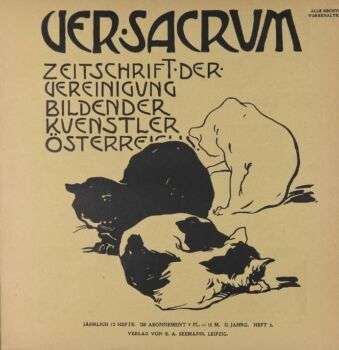
Image source: https://search.creativecommons.org/photos/27e209fa-794a-4da4-8b2e-271e8b376c80 by Bibliothèques de Nancy- Patrimoine
The Secession grew out of a dissatisfaction of artists with the system of expositions of contemporary artworks in the city during the 1890s. These shows were scheduled by the Association of Austrian Artists, which ran the Kunstlerhaus (Artists’ House) favoring the conservative artists who built up a majority of its members, generally discouraging efforts in the decorative and applied arts.
Secession Architecture
Joseph Maria Olbrich was an influent architect of the Austrian Art Nouveau and one of the founders of the Vienna Secession. Immediately Olbrich started to design their headquarters. This building was finished in 1898 and caused a sensation in Vienna. Bold and simple, it consisted of juxtaposed huge blocks and had a particular orientalizing aspect. However, its cupola of metal openwork with abundant floral ornaments was unmistakably Art Nouveau in quality.
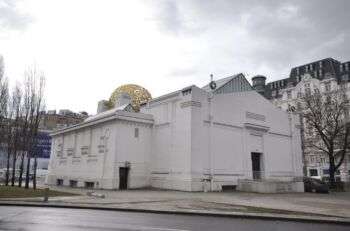
Image source: https://search.creativecommons.org/photos/d366e0ed-66c4-4e36-b7b7-1b9f4cf230d4 by Jorge Lascar
Josef Hoffmann was an Austrian architect and designer of consumer goods. In 1906, Hoffmann projected his first important building on the outskirts of Vienna, the Sanatorium Purkersdorf.
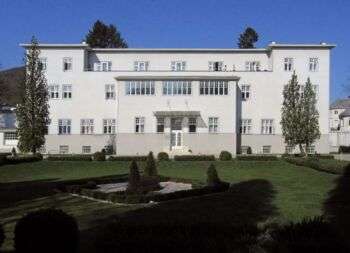
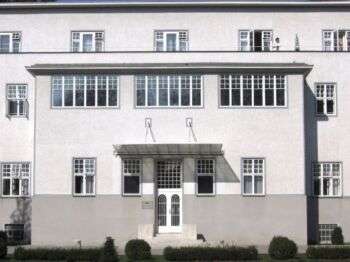
Images source: https://en.wikipedia.org/wiki/Sanatorium_Purkersdorf#/media/File:Sanatoriumpurkersdorf1-2.JPG
One of the most transformative projects by Otto Wagner was the Austrian Postal Savings Bank, which took ten years to plan. Built with reinforced concrete, metal, stone, and glass, it celebrates light, air, and the pureness of functionalism with the new usage of materials. His two private mansions, Villa Wagner I and Villa Wagner II were built for each one of his marriages.

Image source: https://search.creativecommons.org/photos/ee23e850-42dc-43b2-9240-090ad6db9923 by Muesse
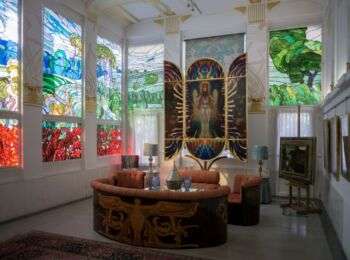
Image source: https://search.creativecommons.org/photos/8bf74665-dcda-4f7a-b87b-2f06e6120504 by Thomas Ledl
Secession Painters
Gustav Klimt, famous for his highly decorative painting style, was the principal figure of the Viennese Art Nouveau movement within the graphic arts. Klimt’s “Golden Phase,” started with his Pallas Athena in 1898 and made extensive use of ornamental gold leaf, reminiscent of Byzantine mosaics. Among the most representative of works are “Judith,” “Danae,” and “The Kiss.”
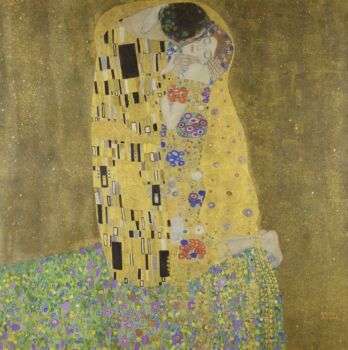
Images source: https://search.creativecommons.org/photos/d042af76-a7cd-4489-a251-10551c9890e2 by Tulip Hysteria / Go to albums
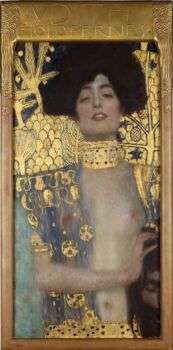
Images source: https://search.creativecommons.org/photos/853af66e-2b95-42ff-ae11-807f3946d9c6 by Tulip Hysteria / Go to albums
Josef Maria Auchentaller was an Austrian artist associated with the Vienna Secession and the Art Nouveau style. He gave his contribution to the magazine Ver Sacrum, a Secessionist publication, and his work featured primarily floral patterns and linear drawings influenced by Japanese woodcuts, popular during that time.

Info source: https://www.theviennasecession.com/vienna-secession/
